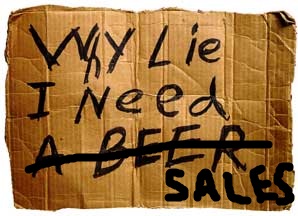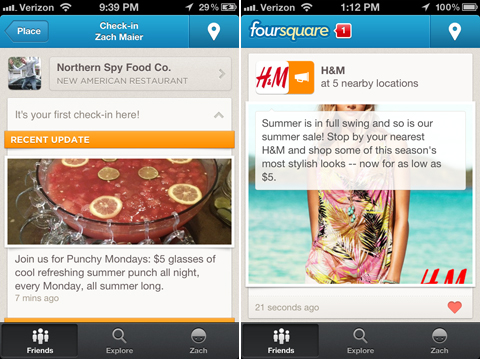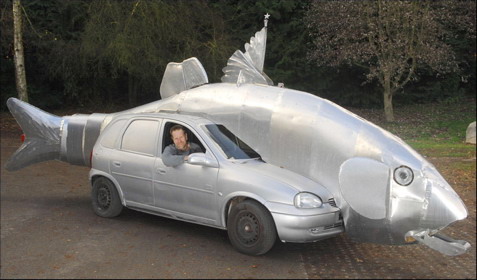Every time our country experiences a natural disaster, many businesses rally to assist those affected. These shows of empathy and the willingness to help their fellow human being are great and can show true character from the company.
Recently, due to the devastation caused by Hurricane Sandy, automotive manufacturers joined these relief efforts.
An interesting contrast exists, however, in two major automotive manufacturers philanthropic strategies.
Toyota pledged to donate $1 million to assist in Hurricane Sandy relief efforts and to also match employee contributions to relief efforts and organizations.
Nissan took a different route by offering “deep discounts” on vehicles to consumers affected by Hurricane Sandy.
As I read these, one struck me as a genuine act of kindness and an effort to ‘give back’ to the community while the other struck me as a thinly-veiled grab at some publicity and an effort to stimulate some sales. Can you guess which is which?
I don’t know about you but if I were affected by Hurricane Sandy with results ranging from flooded houses to no electricity and fuel rationing, the last thing I’m probably thinking about is buying a new car. Sure, maybe my car is underwater and totaled and I will need one eventually but is it truly philanthropic to offer what amounts to ’employee pricing’ to affected consumers? Nissan is already blaming slow sales on Sandy. Now, it appears as if they are attempting to stimulate sales by capitalizing on it.
“Employee-pricing” just doesn’t seems like philanthropy to me, personally. I know that, in many cases, a consumer can negotiate a price below what an employee would have to pay. Most auto manufacturers and/or car dealers have offered employee pricing to their consumers at some point in time as simply a normal sales promotion. What turns this oft-used sales promotion into an act of charity all of a sudden? Nothing.
Both companies have offered to assist customers of their respective lending arms with payment extensions and flexibility, which is great, but only one of these “efforts” seem like a true charitable gesture…
..and it’s not the one offering a discount on a new car.










